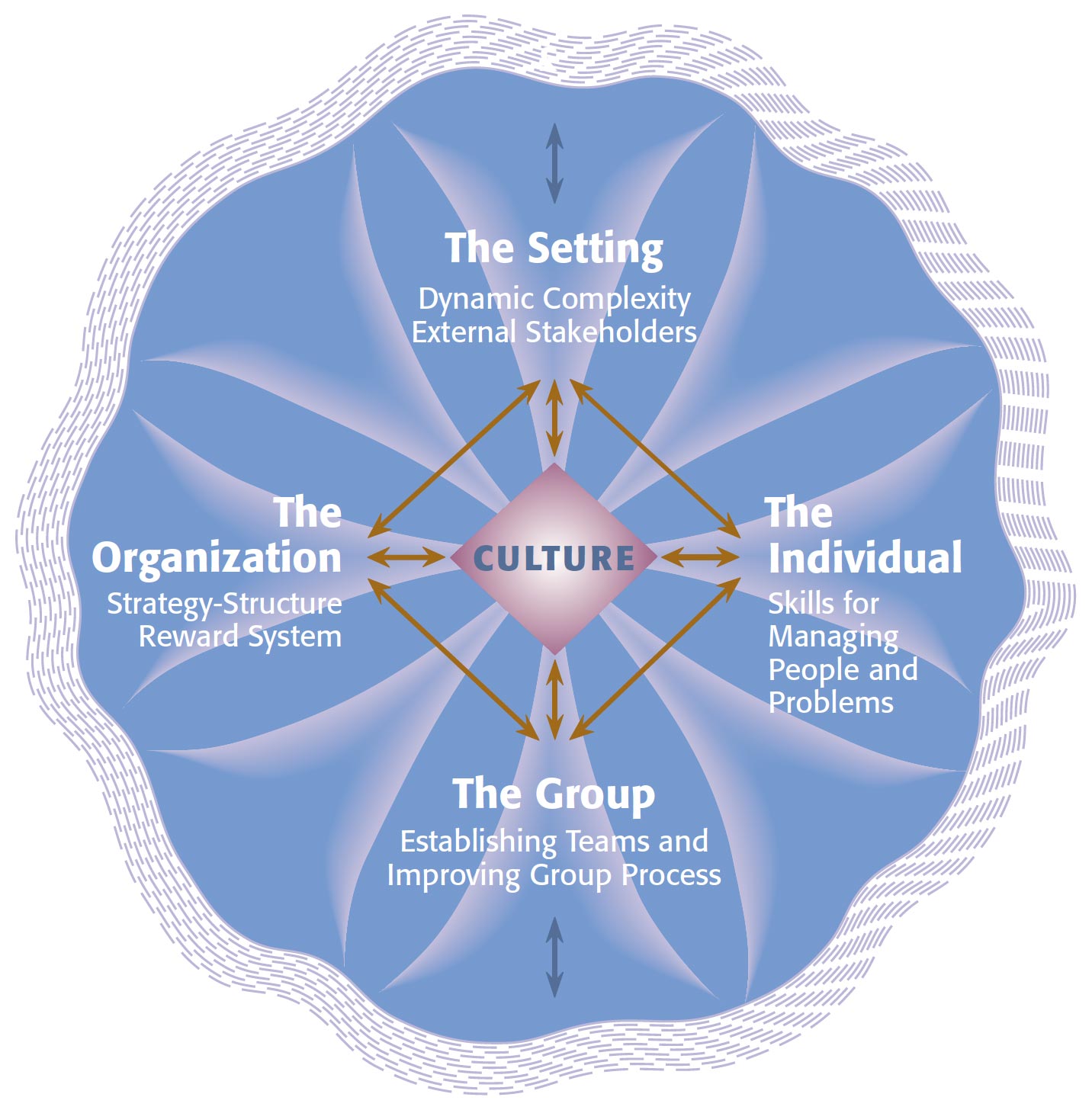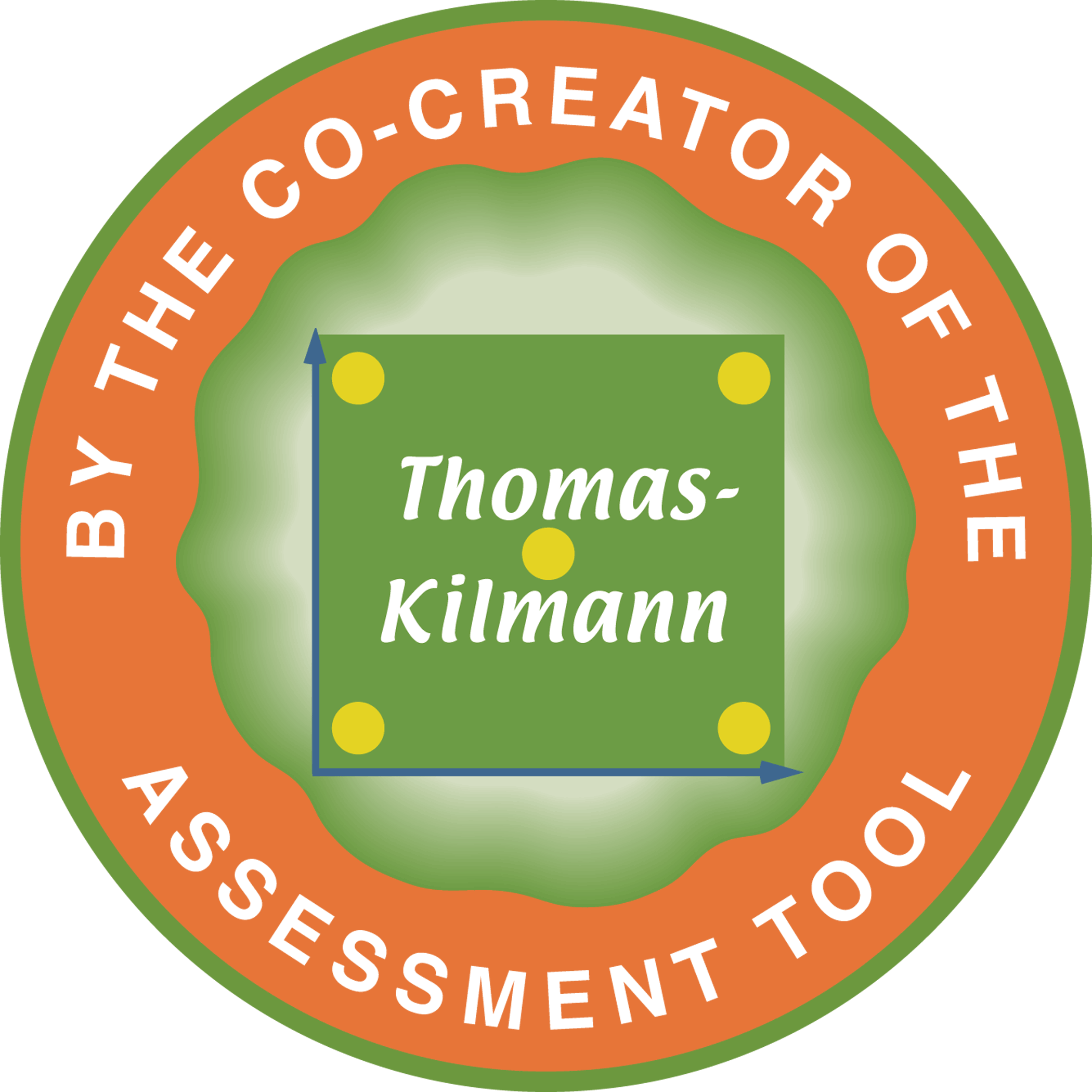07 Jan Conflict Management and the Big Picture
Ralph H. Kilmann, co-author of the Thomas-Kilmann Instrument (TKI)
Here is a far-reaching question: What causes conflict? In particular, does conflict largely stem from differences within and between people? Or does conflict primarily arise from the attributes and forces in the situation, that is, the larger system within which people interact with one another?

In my experience, I have found that the great majority of the conflict we experience stems from the system — not the people. Indeed, if you replaced the employees in an organization and gave the new recruits sufficient time to learn their jobs and what is expected of them, it wouldn’t be long before the same conflicts arose. Soon, you’d even hear the same disagreements! As a rough estimate, I’d say that most conflicts are 80% system driven and only 20% people driven. Quality guru W. Edwards Deming repeatedly claimed that this ratio is closer to 85/15. So what IS the system that creates conflict?

Many years ago, I developed a model, The Big Picture, as a way of capturing the source of all problems and conflicts. This Big Picture does acknowledge individuals…their different styles and skills for managing people and problems. But that, as I suggested, is only 20% of the equation. The remaining 80% consists of these interrelated, systemic aspects: The External Setting (dynamic complexity in general and the needs external stakeholders in particular); The Organization (strategy-structure and the reward system); The Culture (the rules of the road that dictate “how things are done around here” and sanctioning systems that keep people in line with those rules); The Group (the processes by which individuals get together and then address their problems and conflicts); and The Results (satisfying internal and external stakeholders, short term and long term). Incidentally, most formal organizations (e.g., businesses) have documented their strategy-structure and reward systems. But even informal organizations (e.g., extended families and communities) also have systems…but they aren’t usually written down. Thus families have implicit goals and strategies (to keep members safe, healthy, and nurtured), structure (the hierarchy and authority of parents), and reward systems (the consequences for misbehavior). So EVERY social system has the attributes of the Big Picture; they only differ on how large the system and what is formally documented.
While there is limited space to detail all the possibilities, consider a few: External stakeholders create expectations and demands on the organization, which the organization may not be able to fulfill (hence conflict); the cultural norms in the organization may expect its lower-level employees to avoid challenging senior management, while many members are still eager to speak the truth (hence conflict); different departments have different goals (cost containment vs. expanding the market), which pits people from these departments against one another (hence conflict); the performance appraisal system expects people to take chances and express innovative ideas, while the culture says protect yourself and maintain the status quo at all costs (hence conflict); and the overall misalignment of the external environment with the organization’s strategy, structure, reward system, culture, group process, and the skills and abilities of its members — all these disharmonies lead to widespread GAPS between what is and what could or should be (hence conflict).
Although it’s useful to give people insights and awareness about their five conflict modes, we must also provide them with a deep appreciation of the Big Picture, so they (1) can see the 80% that regularly throws the 20% into conflict, (2) don’t take personally what is far beyond the immediate manifestation of their conflict, and (3) become more knowledgeable and skilled at CHANGING the situation, which will allow them to gain greater control over the resolution of their root conflicts.
Kilmann Diagnostics offers a series of eleven recorded online courses and nine assessment tools on the four timeless topics: conflict management, change management, consciousness, and transformation. By taking these courses and passing the Final Exams, you can earn your Certification in Conflict and Change Management with the Thomas-Kilmann Instrument (TKI). For the most up-to-date and comprehensive discussion of Dr. Kilmann’s theories and methods, see his 2021 Legacy Book: Creating a Quantum Organization: The Whys & Hows of Implementing Eight Tracks for Long-term success.




